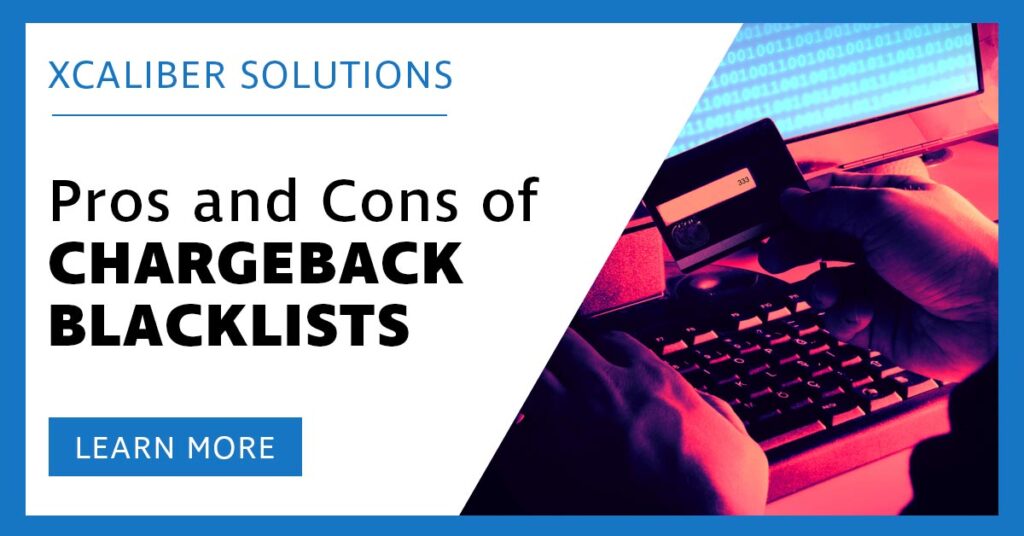The Pros and Cons of Chargeback Blacklists: What You Need to Know

Every merchant knows that the dramatic growth in digital commerce has brought in its wake an equally rapid surge in the prevalence of card not present (CNP) payment fraud.
The Crippling Costs of Chargebacks and Friendly Fraud
They know, too, that the process of disputing chargebacks and trying to prevent so-called “friendly” fraud is difficult, time-consuming, and expensive.
And even if they are successful in a particular case, there is little to prevent determined and brazen customers from making repeated attempts to play the system again – biased as it is in their favor.
So why not just blacklist those customers you suspect of this kind of activity, and effectively ban them from trying to buy from you again?
It sounds seductively simple. But there are some significant potential problems you need to be aware of before deciding to go down this route.
Chargeback Blacklists and Databases
It’s possible for you as a merchant to create your own blacklist or database of problem customers by manually scrutinizing orders and reviewing chargebacks. But this is a labor-intensive and therefore expensive process, particularly for smaller businesses.
Many merchants, therefore, choose to make use of external lists or chargeback management software. These may focus simply on a customer’s history of chargeback filings, but the more effective ones will record and analyze a number of additional data points.
The Advantages and Disadvantages of Blacklists
Whatever kind of list or database you use, the main advantage is the prevention of future transactions that may be suspicious.
But the major problem is that even the most sophisticated of these lists and databases are blunt instruments that may easily catch many of your legitimate customers, causing a damaging loss of business.
The Evasive Tactics of the Fraudsters
And on a practical note, you need to be aware that fraudsters are of course only too well aware that they may be blacklisted, and are using increasingly sophisticated methods to avoid being caught.
These may be such relatively simple techniques as the use of multiple emails and IP addresses. But they may also involve one of the numerous types of hard to detect identity theft.
None of this means that you shouldn’t use blacklists. But it does mean that they should only be used as part of a comprehensive strategy for tackling chargebacks and fraud.
Contact Us
It’s also crucial that you use the right kind of database, one that looks at the data points that are most relevant to your business and which acts a complement to your other chargeback/fraud systems and protocols.
Making the right choice can be a challenge, so if you think you may need help why not contact us here.
Our experts are always ready to help.

